Twelve hours in economy class feels like a marathon where you’re cramped, dehydrated, and fighting for armrest territory with strangers. Your legs go numb, your back aches, and somewhere around hour eight, you start questioning every life choice that led you to this aluminum tube hurtling through the sky. But here’s the thing about long-haul flights — they don’t have to be torture sessions if you know the right tricks.
Seasoned travelers have devised numerous ways to transform long-haul flights from endurance tests into something almost bearable — maybe even comfortable. These aren’t expensive upgrades or fancy gadgets — just simple strategies that work with what you’ve got. Here is a list of 15 comfort hacks that can turn your next 12-hour flight from an endurance test into a manageable journey.
Choose Your Seat Strategically
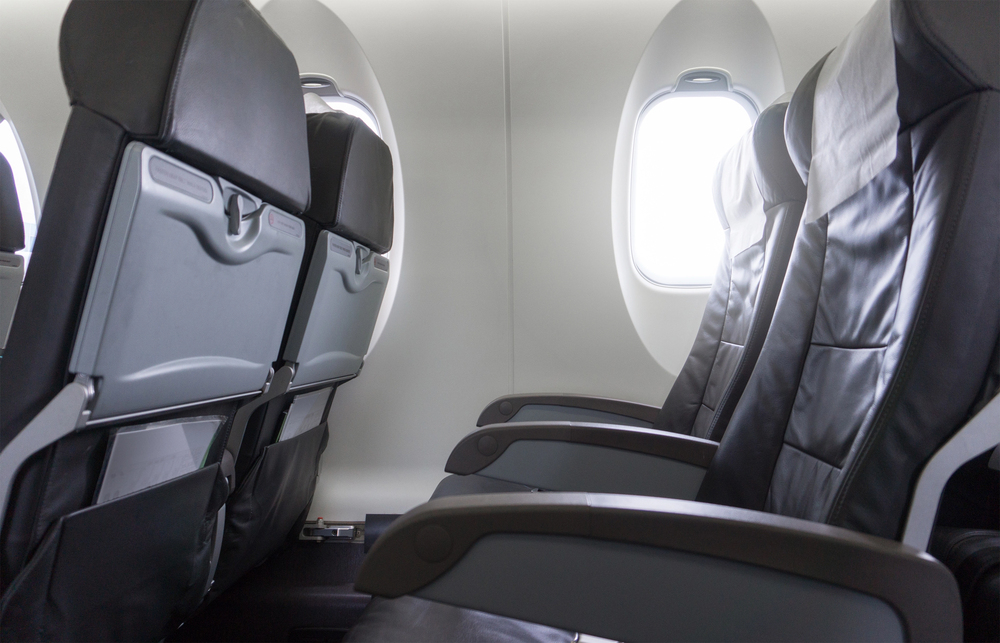
Aisle seats give you freedom to stretch and move without climbing over people, while window seats provide a wall to lean against for better rest. Avoid seats near bathrooms and galleys where foot traffic and noise levels stay high throughout the flight. Use seat maps to identify rows with extra legroom or fewer seats that might give you more space.
Wear Compression Socks
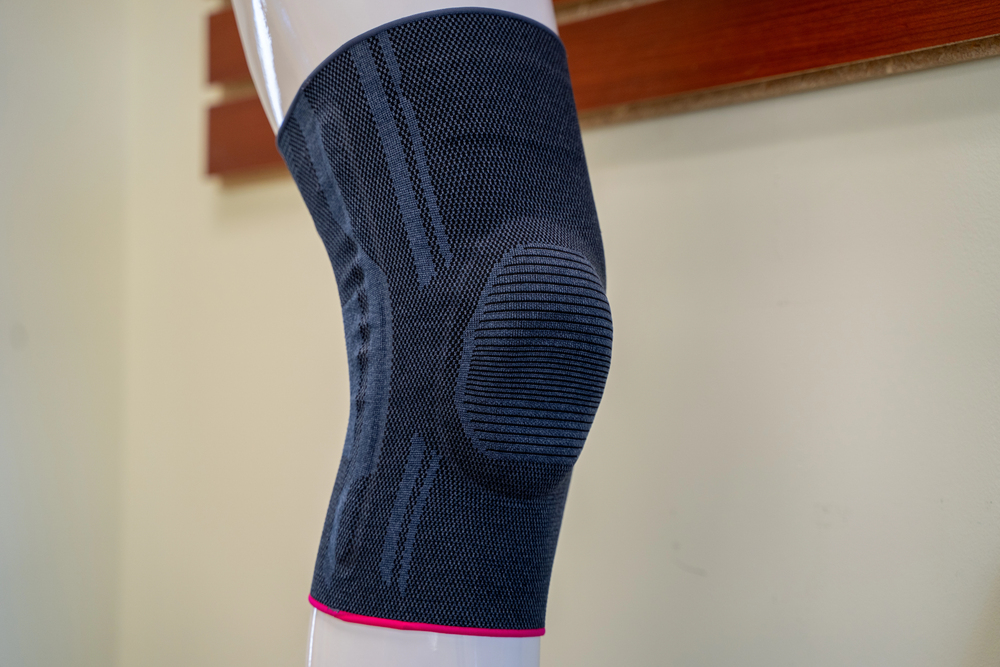
These specialized socks prevent blood from pooling in your feet and reduce swelling during long periods of sitting. They also help prevent dangerous blood clots, a real risk during extended flights. Put them on before boarding and keep them on for the entire flight — your feet will thank you when you land.
Like Travel Pug’s content? Follow us on MSN.
Master the Layered Clothing System

Airplane temperatures fluctuate wildly, so dress in layers you can easily add or remove. Start with a comfortable base layer, add a sweater or hoodie, and bring a light jacket or shawl. This system lets you adapt to changing cabin temperatures without suffering through being too hot or too cold.
Pack Your Pillow Alternative
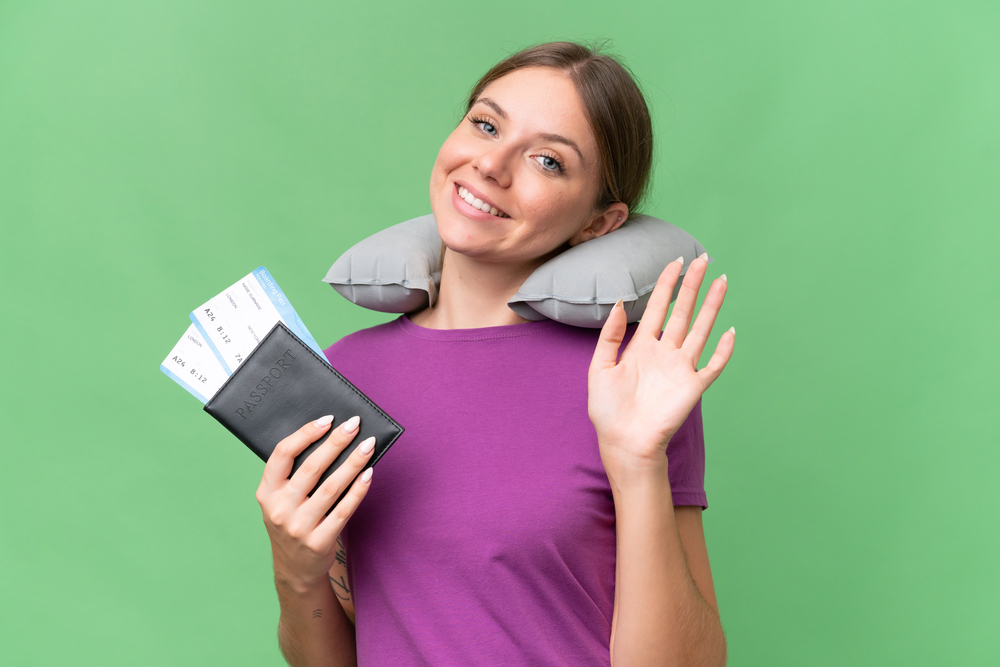
Airplane pillows are usually thin and ineffective, but a good travel pillow can make the difference between rest and misery. Inflatable versions take up minimal space but provide real support for your neck and head. Some travelers swear by stuffing a pillowcase with their clothes to create a custom pillow that suits their needs perfectly.
Bring Noise-Canceling Headphones
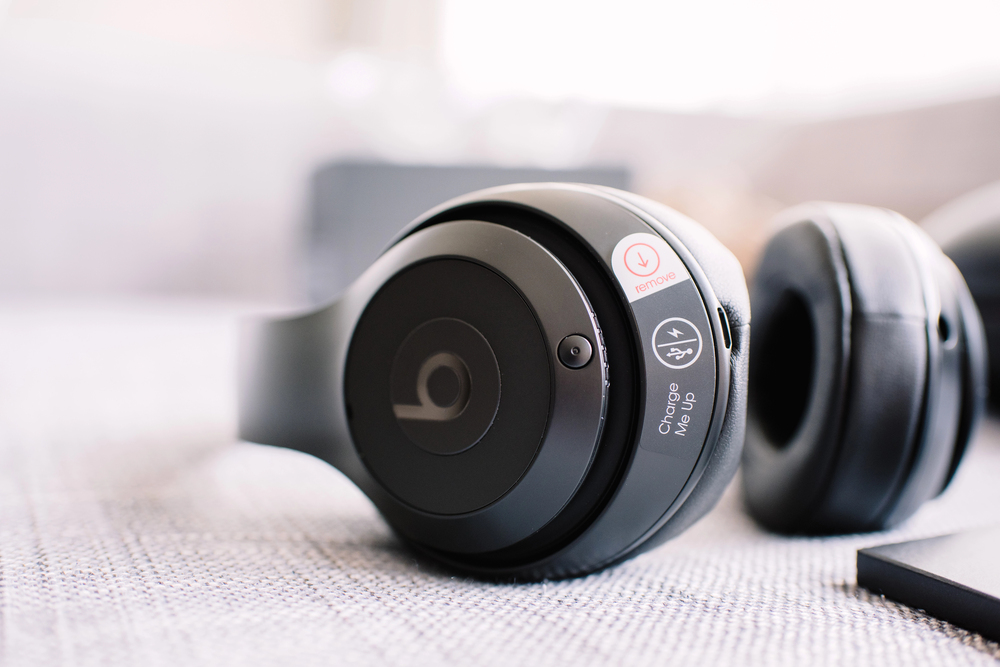
These devices eliminate engine noise, crying babies, and chatty passengers, creating a peaceful bubble around you. They work even without music playing, creating blessed silence for rest or concentration. Quality noise-canceling headphones can transform a stressful flight environment into a manageable one.
Like Travel Pug’s content? Follow us on MSN.
Use an Eye Mask and Earplugs
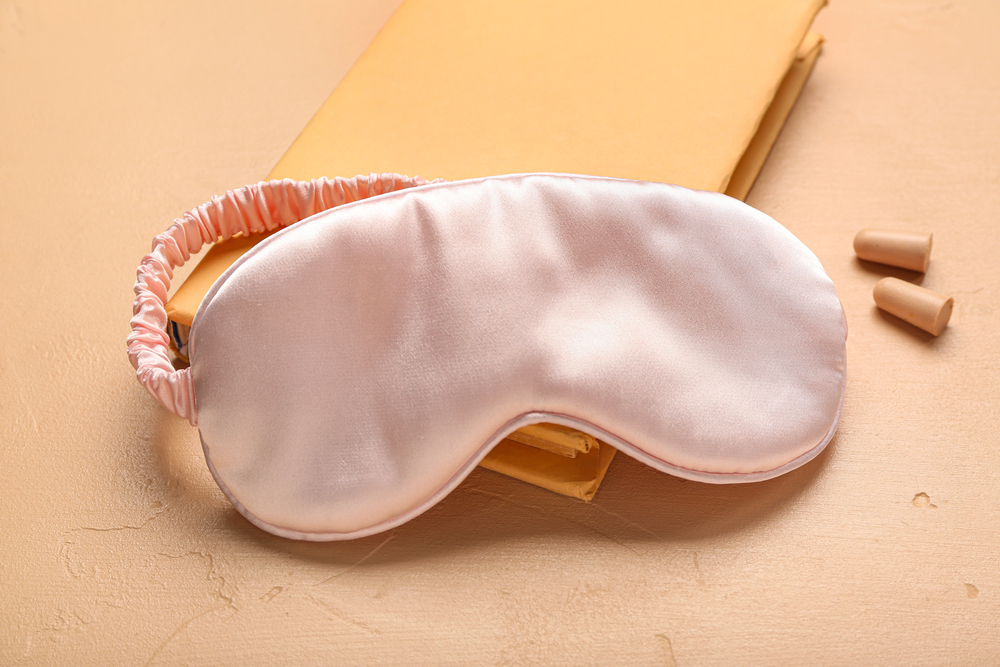
Cabin lights and noise continue throughout the flight, making rest difficult without proper barriers. A good eye mask blocks all light, while earplugs reduce ambient noise to manageable levels. Together, they create the dark, quiet environment your body needs for actual rest.
Position Your Feet Properly
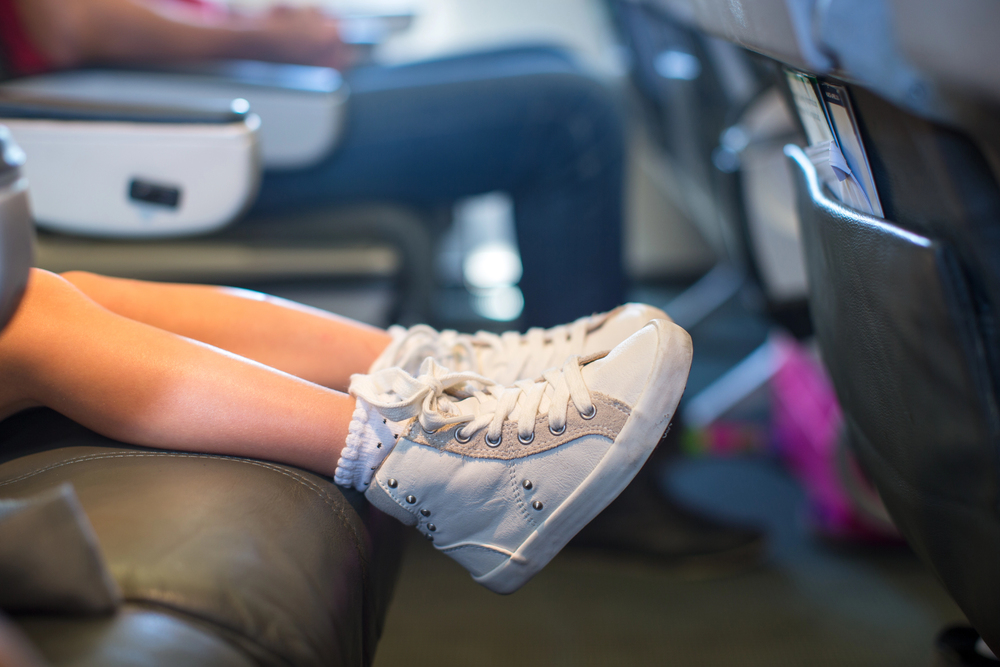
Elevating your feet improves circulation and reduces swelling during long flights. Bring a small footrest or use your carry-on bag as a platform to keep your feet raised. Some travelers pack an inflatable footrest that provides elevation without taking up precious floor space.
Hydrate on a Schedule
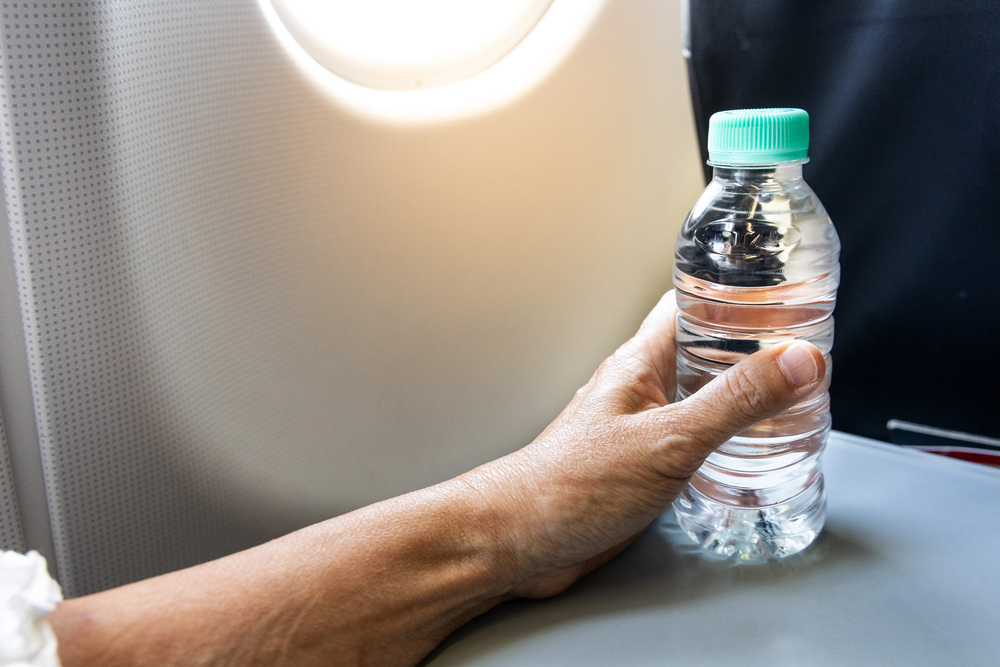
Airplane cabins have desert-level humidity, so drink water consistently throughout the flight rather than waiting until you feel thirsty. Aim for about 8 ounces of water per hour of flight time to stay properly hydrated. Avoid excessive alcohol and caffeine, which can worsen dehydration and interfere with rest.
Like Travel Pug’s content? Follow us on MSN.
Walk the Aisles Regularly
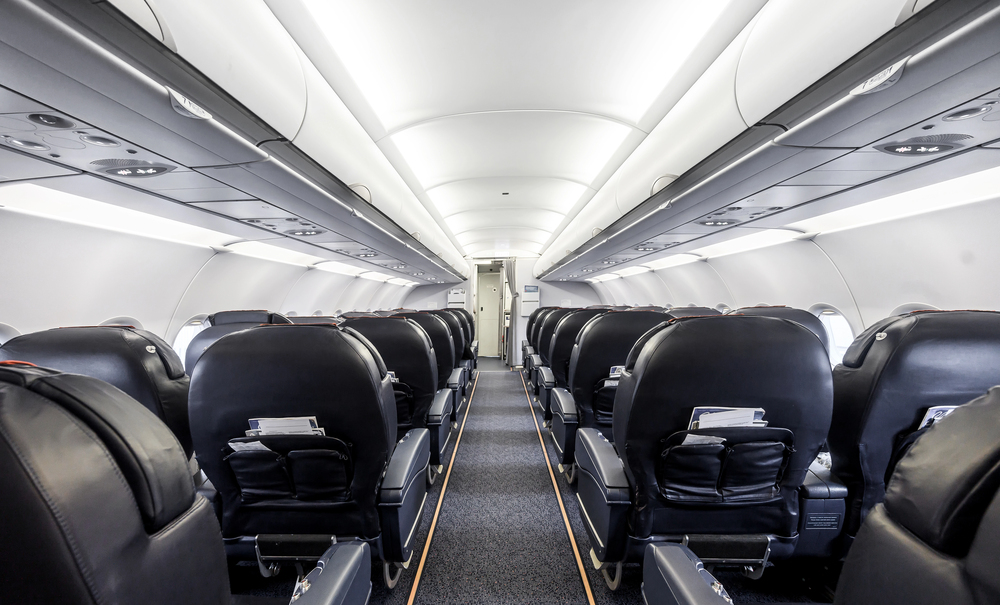
Moving every hour or two keeps your blood flowing and prevents muscle stiffness. Walk to the bathroom, stretch in open areas, or simply stand by your seat for a few minutes. This movement breaks up the monotony of sitting and helps prevent deep vein thrombosis.
Time Your Meals Strategically
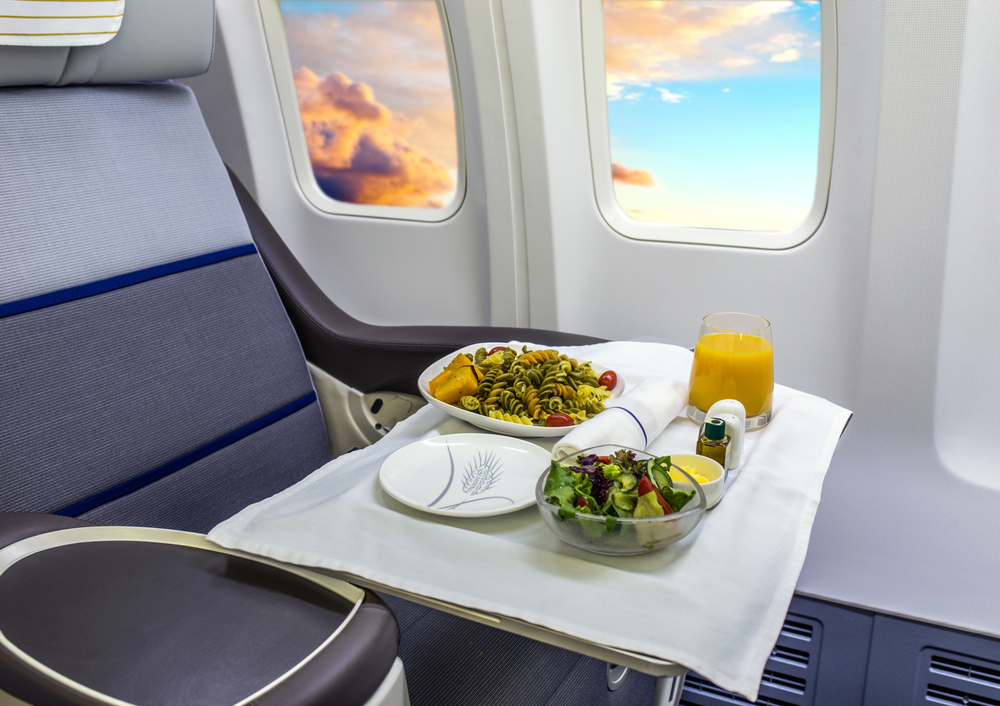
Eat lightly before the flight and avoid heavy airplane meals, as they can cause discomfort and bloating. Bring healthy snacks like nuts, fruit, or protein bars to eat when you’re hungry. Timing your eating to match your destination’s time zone can also help with jet lag adjustment.
Create an Entertainment Schedule
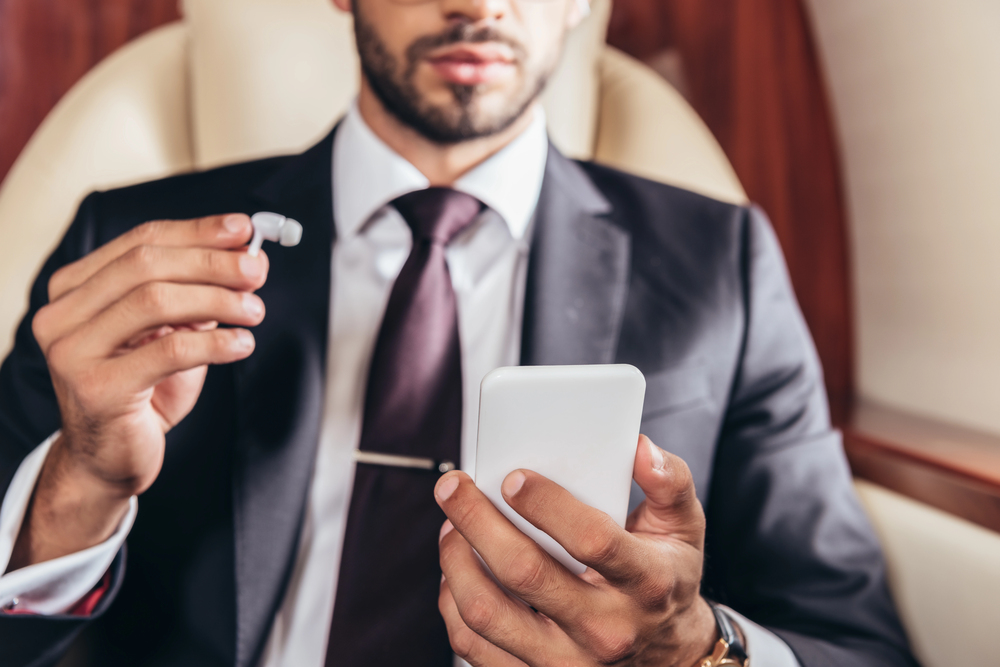
Download movies, podcasts, books, and music before your flight to ensure you have hours of distraction available. Plan different types of entertainment for different parts of the flight — maybe podcasts for the beginning, movies for the middle, and music for rest periods. Having a variety prevents boredom and makes time pass more quickly.
Like Travel Pug’s content? Follow us on MSN.
Establish a Skincare Routine
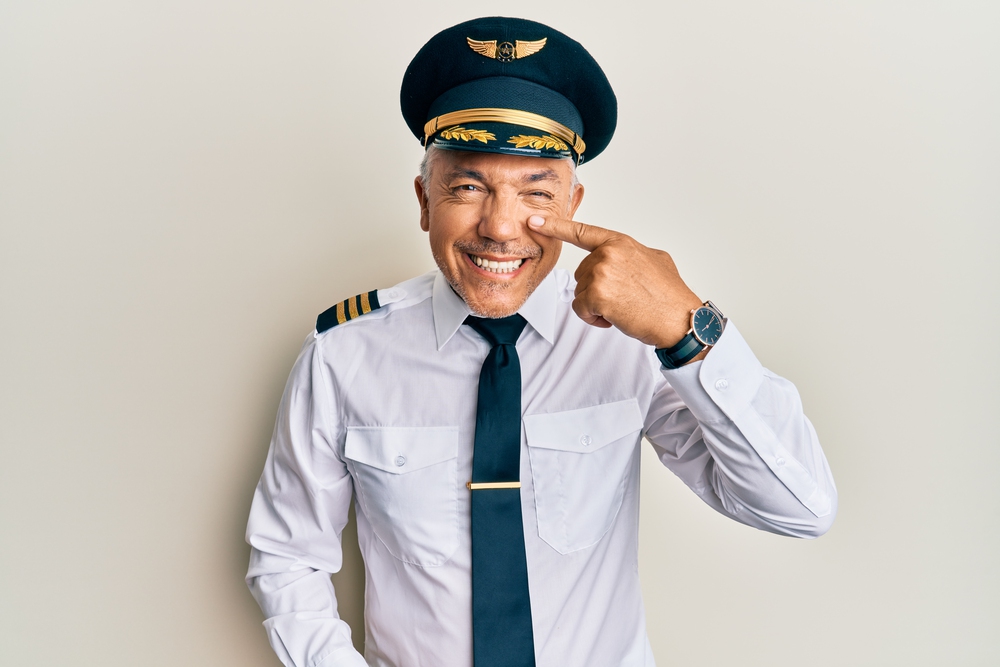
Cabin air dries out your skin, so bring a small moisturizer and lip balm to use throughout the flight. Apply moisturizer every few hours and drink plenty of water to combat the dehydrating effects of airplane air. A little skincare attention helps you feel more human during and after the flight.
Find the Right Rest Position
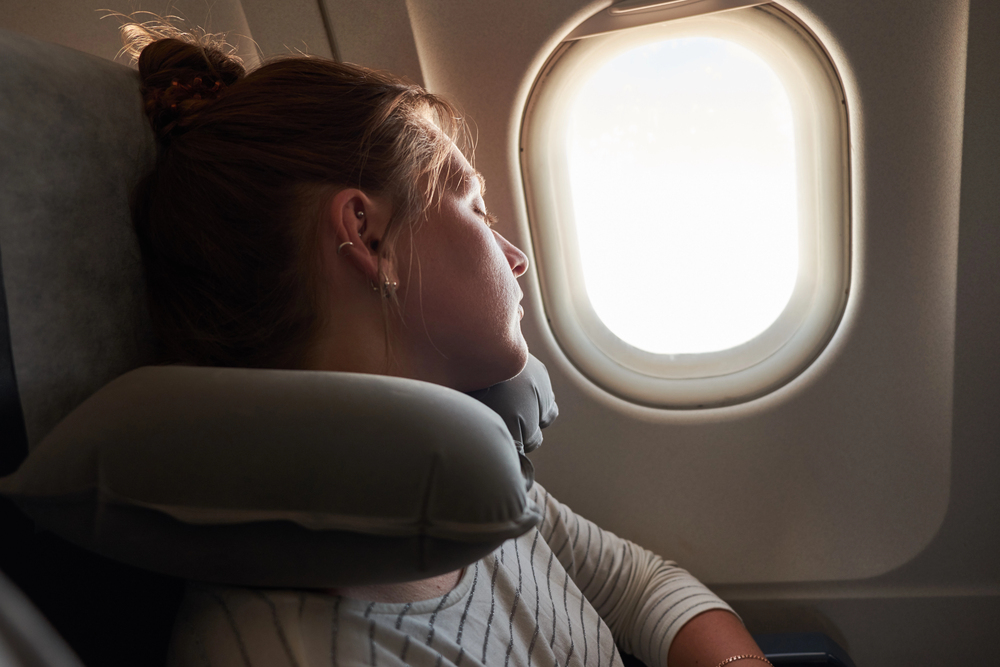
Experiment with different positions to find what works for your body in an airplane seat. Some people rest better leaning forward on the tray table, while others prefer leaning against the window. Bring a small blanket or large scarf to use as padding and support for whatever position feels most comfortable.
From Luxury Liners to Cattle Cars
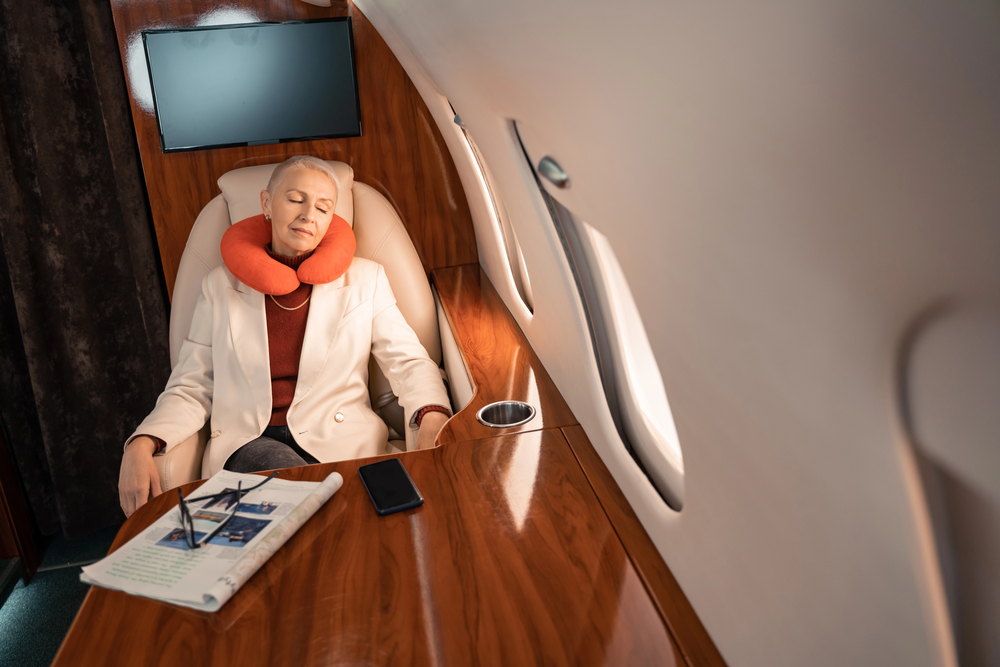
Air travel once meant getting dressed up for a glamorous experience complete with white-glove service and spacious seating. Today’s economy flights prioritize efficiency over comfort, cramming more people into smaller spaces while cutting out once-standard amenities. Yet modern travelers have adapted by developing strategies that work within these new constraints, proving that comfort is often more about preparation than privilege.
The best flight comfort hacks recognize that today’s flying experience requires active participation rather than passive expectation. By taking control of your environment, schedule, and supplies, you can create a tolerable experience even in the most cramped conditions. These strategies transform you from a victim of uncomfortable circumstances into an active participant in your comfort, making even the longest flights manageable with the right approach.
Like Travel Pug’s content? Follow us on MSN.
More from Travel Pug

- 20 Best Beach Towns in the Carolinas
- 13 Destinations Where Tourists Regularly Regret Their Trip
- 20 Things You Actually Get in First Class
- 20 Small Airports With Aviation Museums
- 20 Places in the U.S. That Are Perfect for a Reset Trip
Like Travel Pug’s content? Follow us on MSN.
